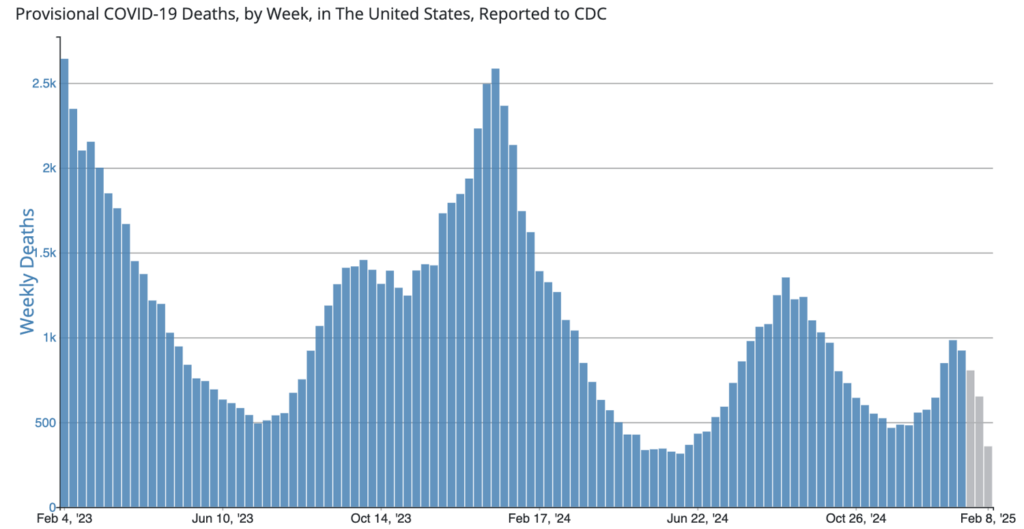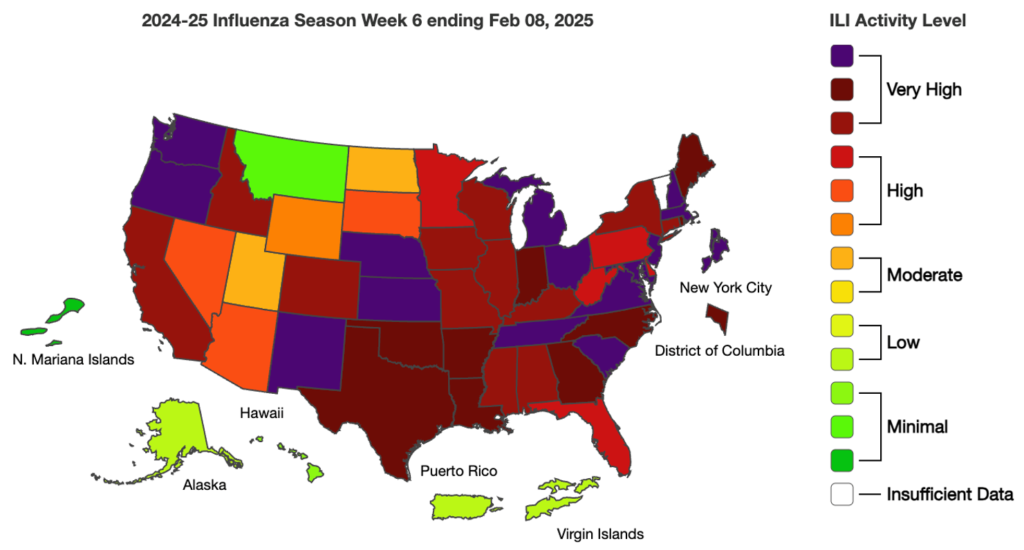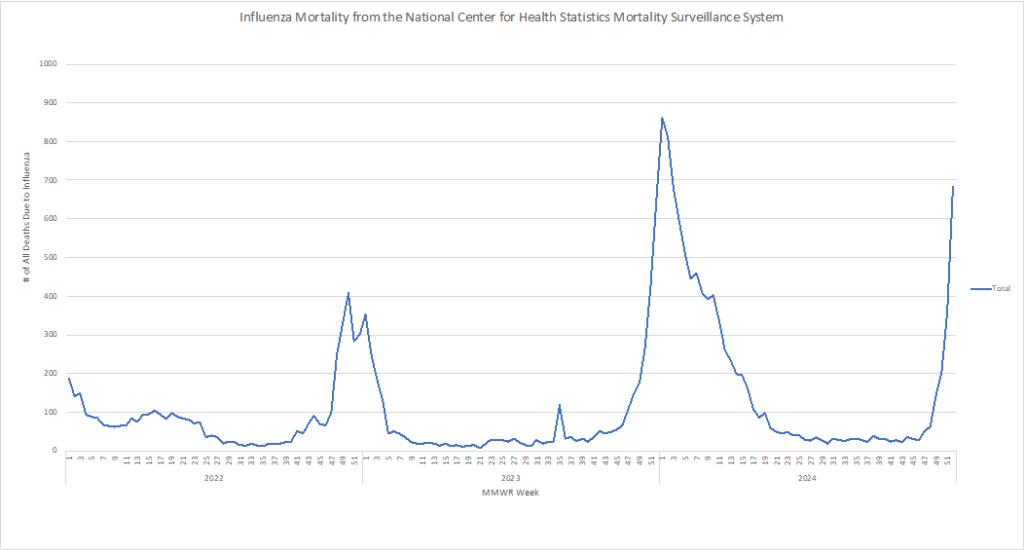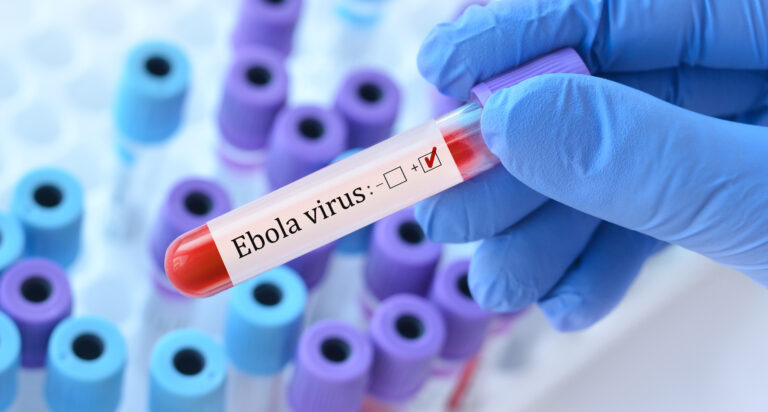Because of a recently confirmed outbreak of Ebola disease in Uganda, the US CDC has issued a Travel Health Notice Level 2 – Practice Enhanced Precautions Health Advisory. There are currently no suspected, probable, or confirmed Ebola cases related to this outbreak reported in the US or outside of Uganda. However, CDC is issuing this alert as a precaution and because there are other viral hemorrhagic fever (VHF) outbreaks in East Africa.
As of February 11, nine illnesses and one death have been reported in Uganda’s Ebola outbreak, caused by the Sudan virus, according to the latest update from the Africa CDC, whose numbers are based on information from Uganda’s health ministry. In addition to the confirmed cases, however, it is reported that there are also “hundreds of cases identified.” In the outbreak, two primary clusters have been identified among family members of the initial case and healthcare workers with approximately 300 contacts identified for follow-up.
Because no vaccines or therapeutics have been approved for the prevention or treatment of the outbreak strain (Sudan virus disease) of Ebola, CDC recommends the following for any travel to Uganda.
- Review the CDC Health Information for Travelers to Uganda for routine precautions.
- Consider getting travel insurance, including health and medical evacuation insurance.
- Avoid contact with sick people who have symptoms (such as fever, muscle pain, and rash); with blood and other body fluids; semen from men who have recovered from Ebola disease, until testing of the semen is clear of the virus; and contact with dead bodies or items that have been in contact with dead bodies.
- Avoid visiting healthcare facilities in the affected areas for nonurgent medical care or for nonmedical reasons; traditional healers in the affected areas; or funerals or burials that involve touching the dead body.
- Avoid contact with bats, forest antelopes, nonhuman primates (e.g., monkeys, chimpanzees, gorillas), and blood, fluids, or raw meat from these or unknown animals; and going into areas where bats live, such as mines or caves.
- Watch your health for symptoms while in the outbreak area and for 21 days afterward. If you develop fever, chills, headache, muscle aches, rash, chest pain, sore throat, nausea, vomiting, diarrhea, or unexplained bleeding or bruising (a late stage of illness), separate yourself from others (isolate) immediately; do not travel; and contact local health authorities or a healthcare facility for advice.
COVID Risk Matrix:

Influenza:


Infectious Disease News:
- Flu cases continue at their high rates. Flu deaths have risen to levels higher than those from COVID and are considered highly severe for all age groups. Deaths from the flu are 2.6% of all deaths whereas COVID deaths are at 1.5%.
- Despite some reports suggesting that possibility of appendicitis is higher after certain viral infections including COVID, a research study has shown that this occurrence is not statistically significant.
- Cholera and meningitis cases are rising in Ghana. There is a call for resources to implement public education efforts.
- Cases of measles in Texas doubled last week to 48. None of the patients were vaccinated.
- A woman with exposure to an infected poultry flock at her home has been diagnosed with H5N1 in Wyoming. Wild birds in Wyoming have been reported to be infected.
- In a survey of 150 veterinarians, there was immunological evidence of past exposure to H5N1 in three. None had experienced symptoms, but all had worked with cattle and wore some PPE. This highlights that use of systematic surveillance can be beneficial for tracking H5N1 risks.





